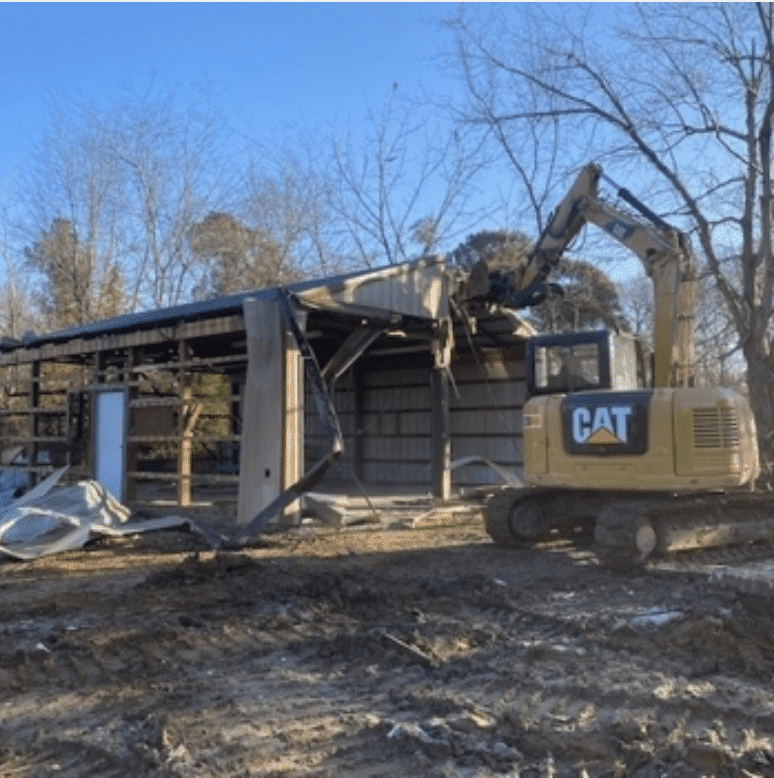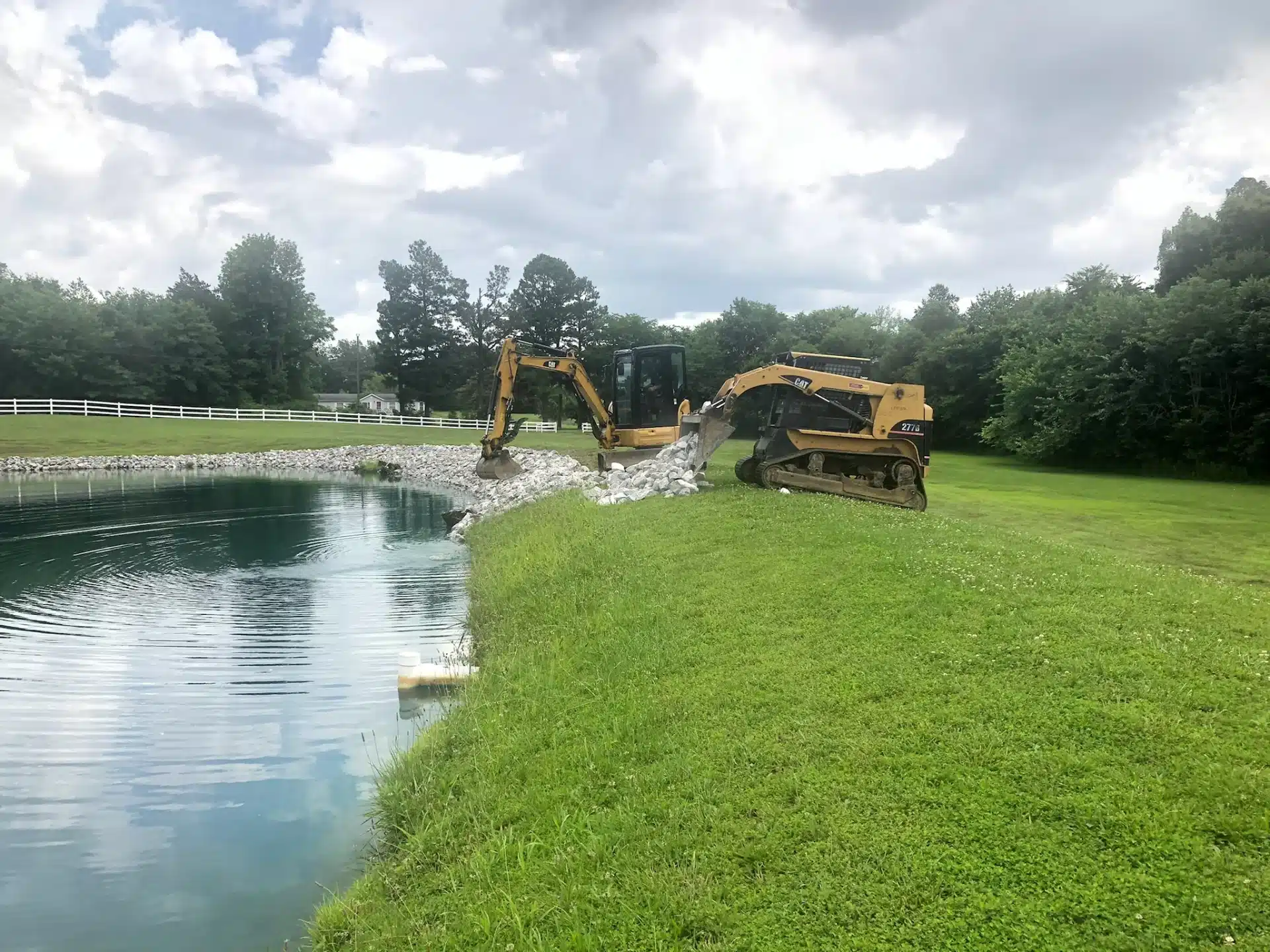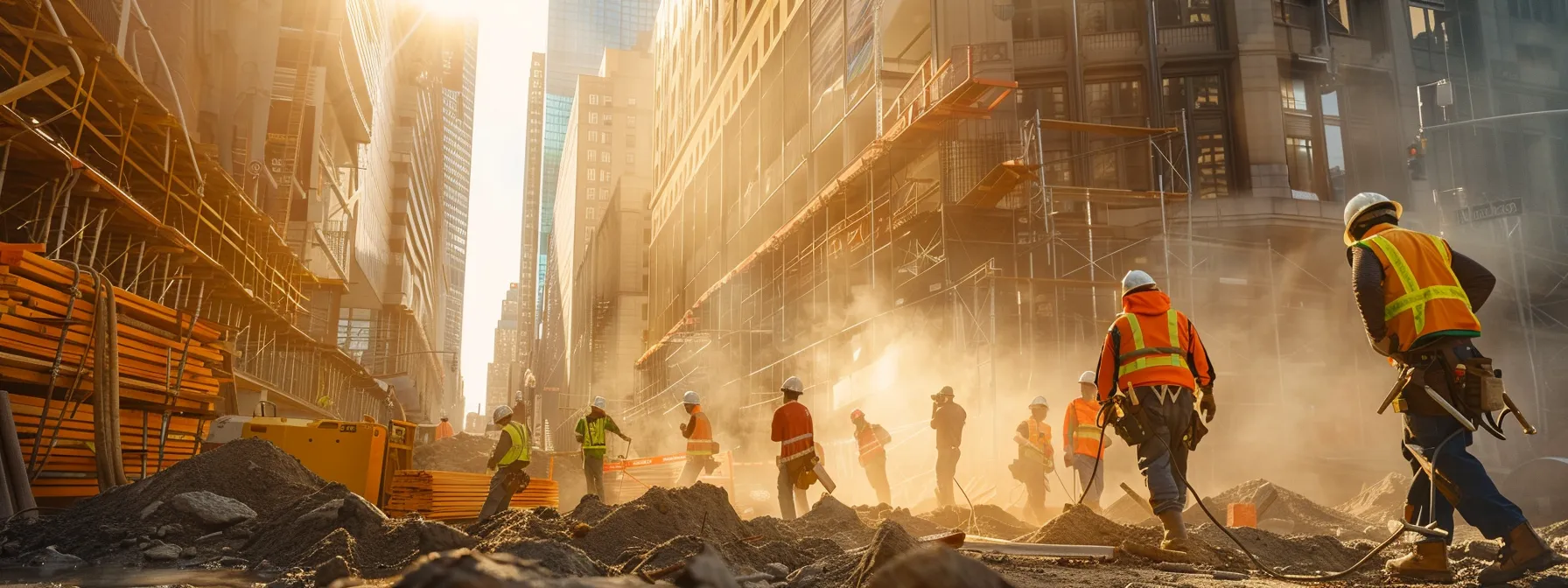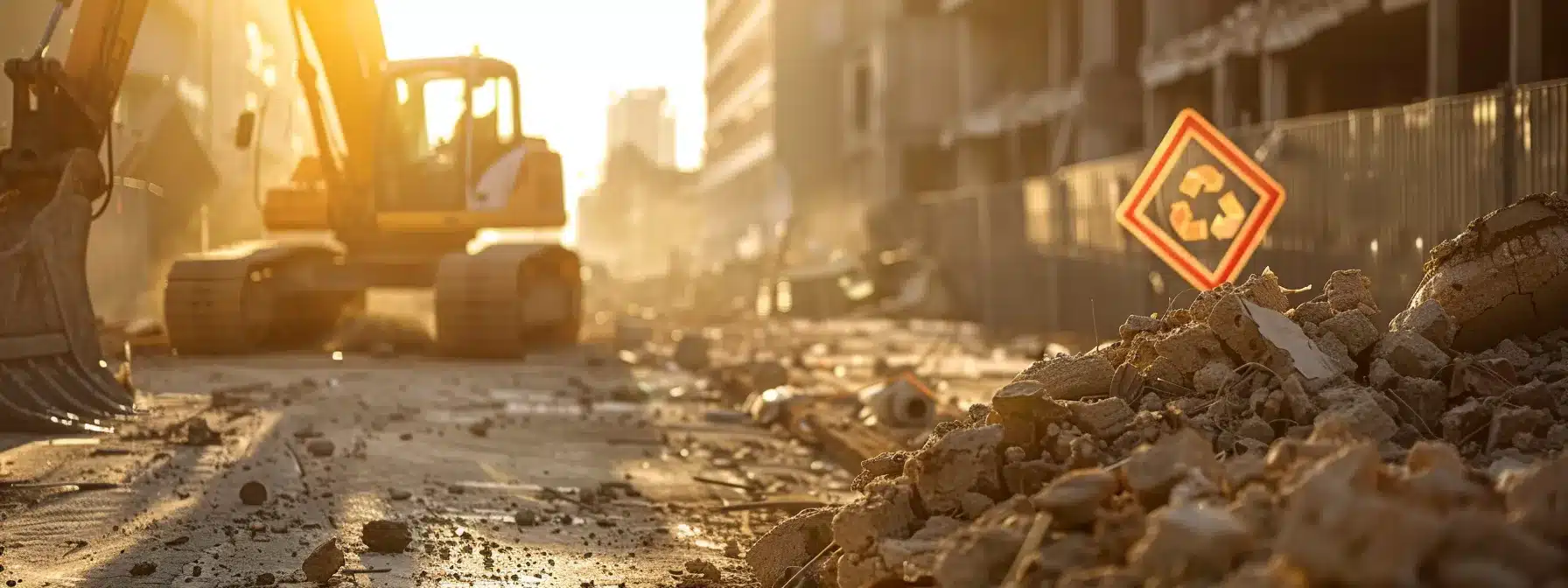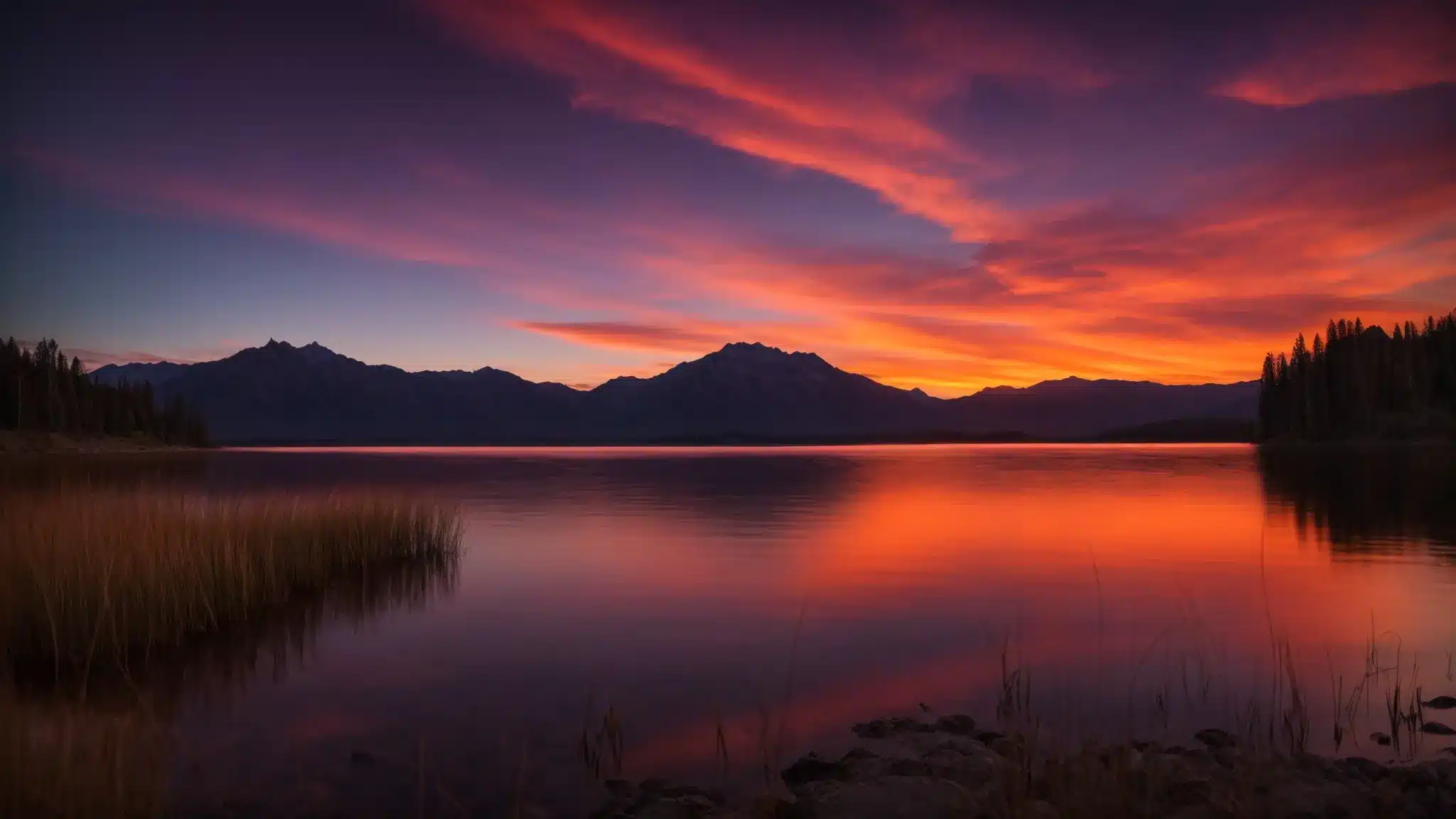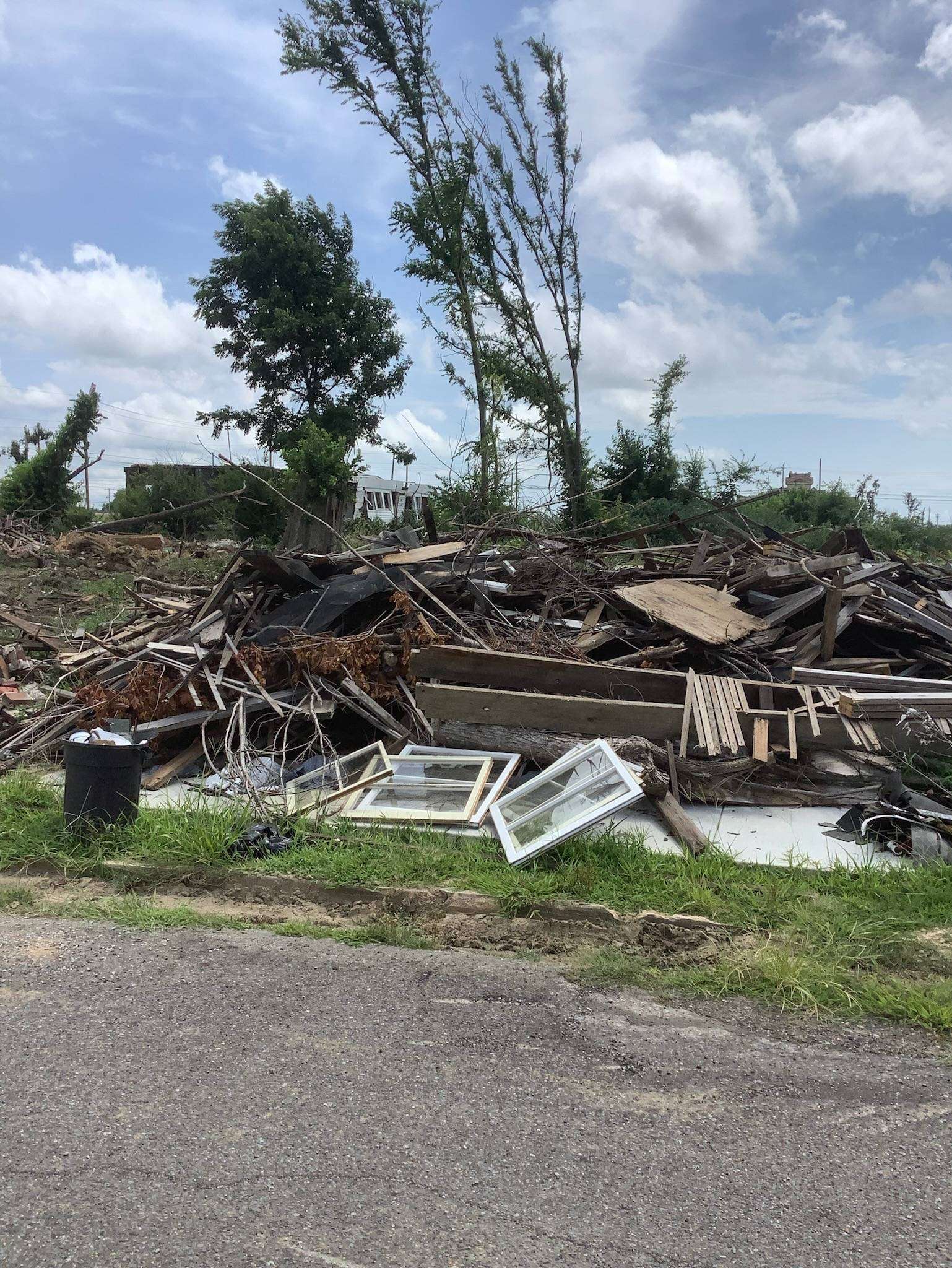4 Drainage Solutions That Prepare Your Property For Heavy Rain
While many people focus on how to get water into their property to nurture their lawns and gardens, they forget that a water drainage system is just as crucial. Without a means to redirect excess water, your land could end up with several problems: flooding, erosion, mildew, pests, and mushrooms, to name a few.
When and Why to Consider Rain Drainage Solutions
According to U.S. climate data, Kentucky’s rainy season tends to last from mid-March to late August. However, even if there’s no downpour right now, it’s essential to prepare for heavy precipitation and flooding before those conditions occur.
Droughts, in particular, can lull property owners into a false sense of security. After all, don’t we want a lot of rain to make up for an extended dry period? While a certain amount of rainfall is welcome, the unfortunate truth is that flood risks increase after a drought.
In what way would a drought contribute to flooding? Think of the soil. When the land dries out, the ground becomes hard and compacted–this makes it harder for the earth to absorb a sudden downpour of water during a storm. If the water doesn’t travel into the soil, it will flood over the top of it.
Drainage Options to Manage Rain Runoff on Your Property’s Land
Several factors come into play when selecting a rain drainage solution for your property, such as its soil type(s), how it slopes, and how much space is available. In many cases, it’s beneficial to incorporate a combination of solutions for the best possible result. Below are some standard options.
French Drains
No, they’re not from France. This drainage concept was invented by Henry Flagg French, a New England lawyer who was fascinated by agriculture and convinced that “miasma,” toxic vapors from wet, swampy areas, caused disease.
A French drain is comprised of a trench containing a perforated pipe. Gravel or rocks fill in the area over and around the pipe. Excess surface water easily seeps through the rocks into the pipe, which then channels the water to your desired location.
For this drain to work effectively, you’ll need to install it on a slope. This allows the pipe to work with gravity to redirect the water. The size of your yard isn’t that important since this design can be scaled up or down relatively easily.
Rain Gardens
A rain garden is the combination of lush, beautiful landscaping, and a smart rain drainage solution. Landscapers install these gardens in a property’s depressed areas–little dips and pockets that naturally collect runoff because of the way the land slopes. These soggy, unmanageable patches of land transform into cost-effective garden beds conducive to a variety of plants, including flowering perennials and grasses.
Grading
Grading is one of the most straightforward drainage solutions in concept, but it can be challenging to implement without a professional’s assistance (and their equipment). Drainage experts grade land to give it a slope. They create the slope so that it will direct water in a desired direction–for instance, away from a building.
While it may seem simple enough to create a slope on your property, there are usually several steps involved, including:
Shooting the grade: a term for testing your land’s elevation before you level or slope it.
Calculating the slope: every 1-foot drop in elevation over a 100-foot length is a 1 percent slope.
Preventing erosion: a newly-graded slope needs something to help hold the soil in place (sod, grass from seeds, rocks, erosion-control netting, etc.).
Dry Wells
Dry wells (also called stormwater drainage wells) are currently owned and operated by state and local governments, communities, and public and private institutions. Many private individuals also own and run them. These wells redistribute surface water underground.
Though only a few feet wide at the surface, dry wells extend deep underground (30 to 70 feet). They’re usually filled with gravel or rocks and are lined with a perforated casing through which surface water seeps into the ground. Pretreatment is often part of the installation to prevent oil from clogging the well and contaminants from being transported underground.
For expert rain drainage solutions, you can count on the professionals at Supreme Enterprises. Call now.

